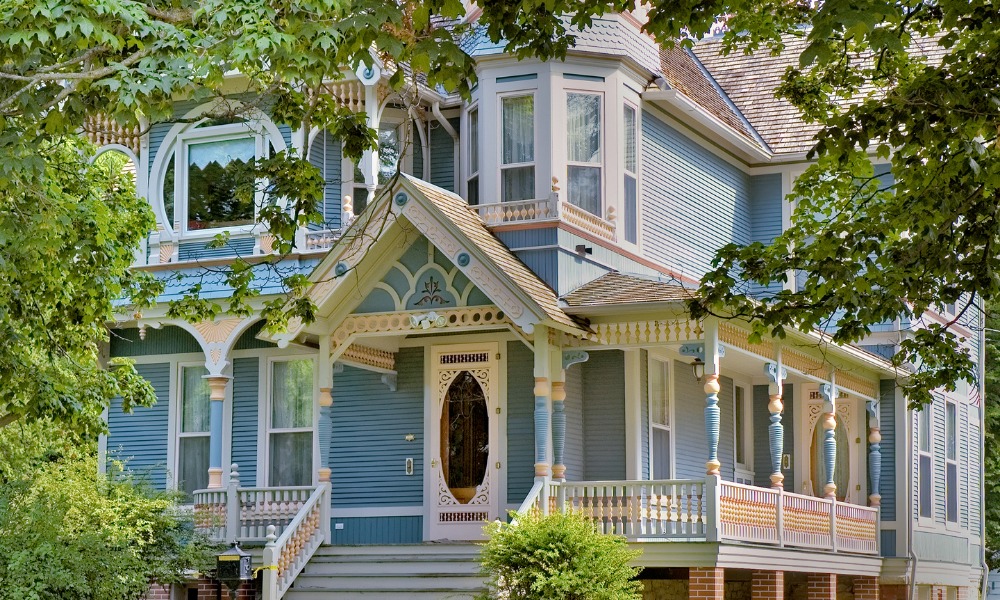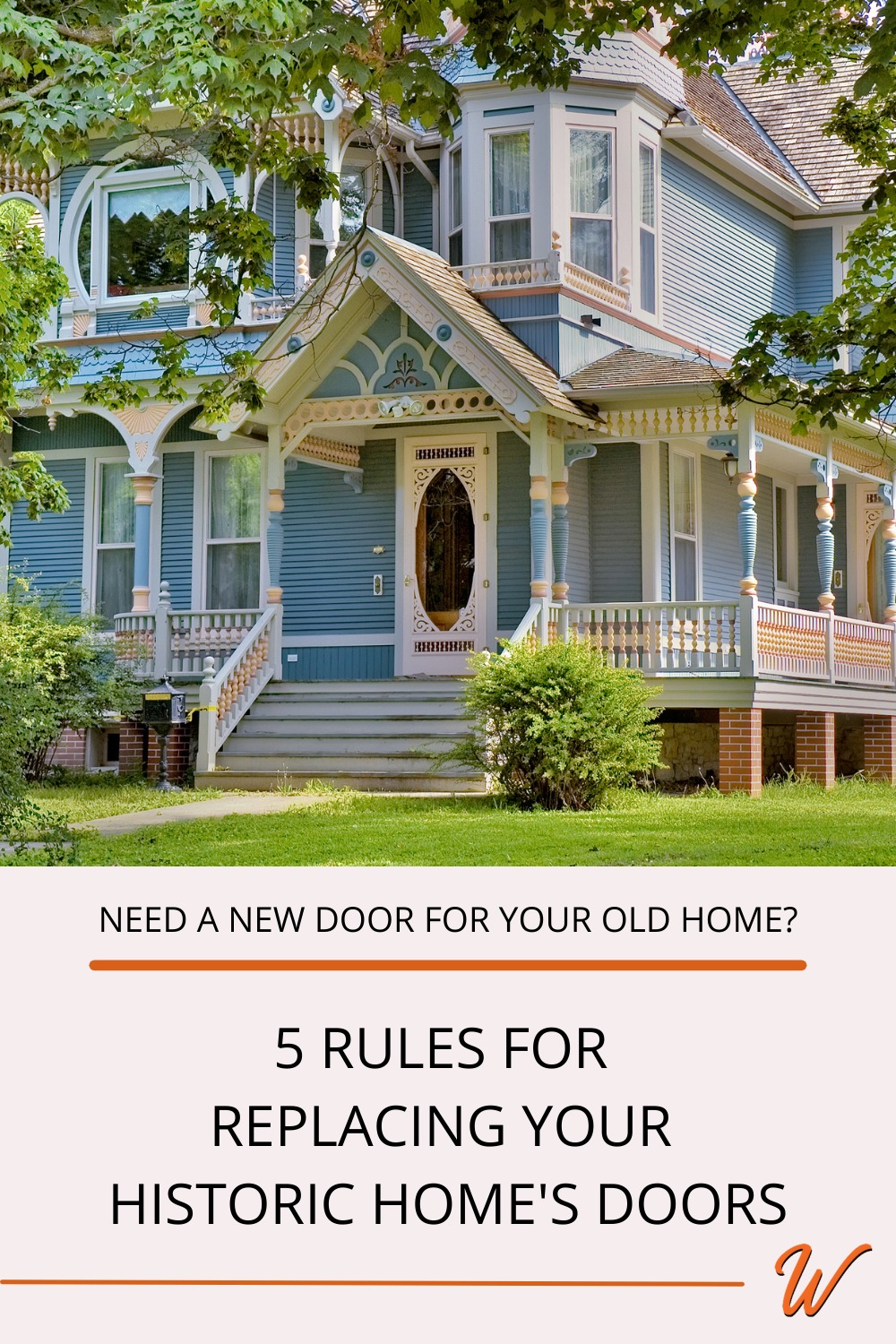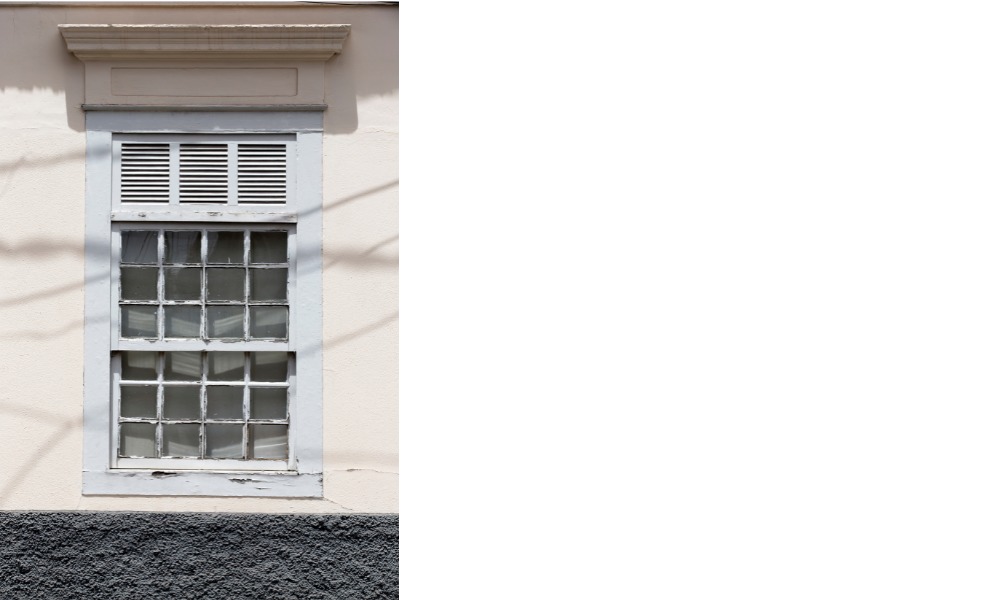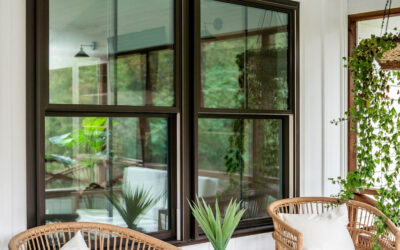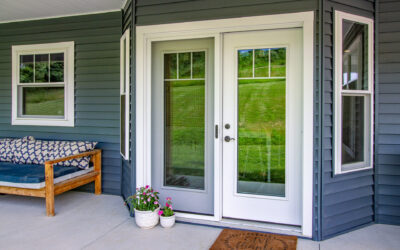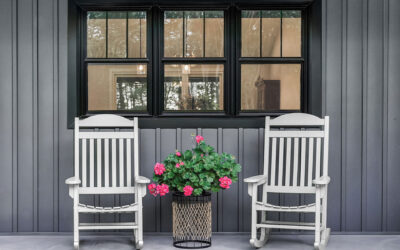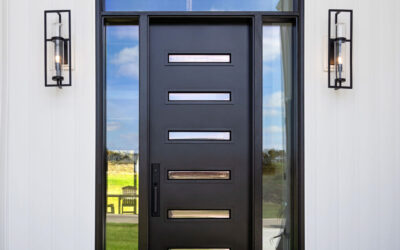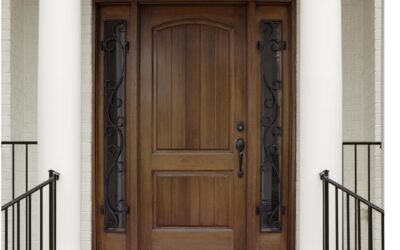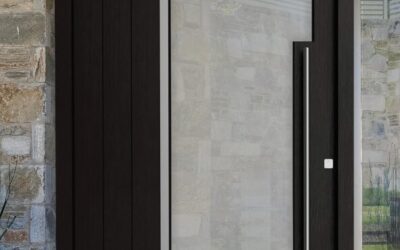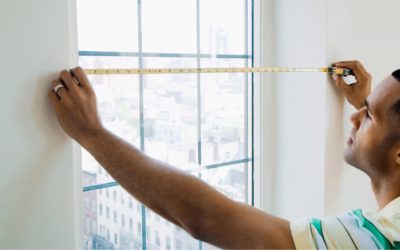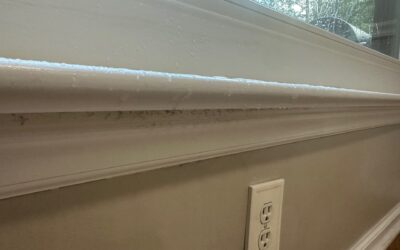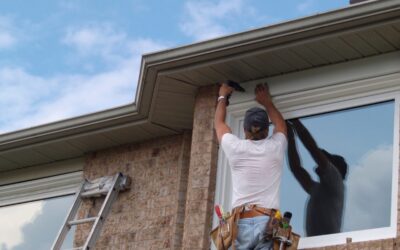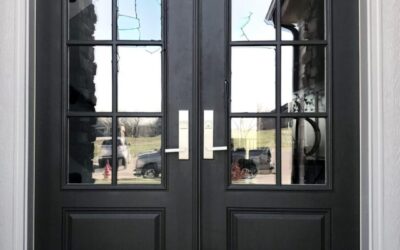We at Window Works love helping homeowners find the doors they’ll love.
One unique challenge we sometimes face is to help a homeowner replace the door on a historic home. The perfect replacement door will offer just the right balance of modern function and efficiency. But, it should not sacrifice historic charm and authenticity.
Read on to learn our top 5 rules for replacing your historic home’s doors.
1. Know the Requirements for your Historic Area
Here in central North Carolina, your historic home may be a rural farmhouse on the outskirts of Wake County. In that case, your only restrictions when replacing your door are the degree to which maintaining the look of your historic home is important to you.
But, if you live in a designated historic area, say one of downtown Raleigh’s Historic Districts, you may have to follow written guidelines to replace your historic home’s doors.
Before you do anything else, you must start by knowing if any changes you make to your historic home’s doors are governed by laws or covenants. If you live in a historic district, there may be written guidance outlining the changes you are (and are not) allowed to make to your home’s old doors.
For instance, many historic districts require that doors must be replaced by true wood doors. They will not allow you to use a stained Fiberglass that mimics the look of wood. Some historic districts even prohibit the use of any composite materials (like vinyl or PVC) in the framing around your door or on your threshold.
Or, there may be restrictions around the colors you can paint your door, or the glass patterns allowed if your door includes glazing.
So, before you approach any other decisions, you should learn exactly what you can and cannot change about your front door.
2. Maintain Period Authenticity Beyond Colors and Materials
Most historic homeowners already know that they want to replicate the colors and materials that would have been original to the home as closely as possible when replacing their door.
But, as you undertake to replace your historic home’s doors, you should also consider the period-authentic features that you want to maintain and highlight with your door replacement project.
For instance, many homes built prior to the 1900s featured transoms and sidelights for practical reasons. These glass features allowed light in the home before electricity became common in American homes.
Considering the time-period rationale for some of the design features of your door can help you to appreciate the history of your home. Finding ways to enhance these features will only further maintain the historical authenticity of your architecture and design.
3. Know that True Historical Authenticity is in the Details
As you consider all aspects of replacing your historic home’s door, know that the key markers of historical authenticity will be in the details.
Try to find hardware finishes that mimic the finishes common to when your home was built.
Or, consider glazing (glass use) that mimics the look of the windows available when your home was built. For many homes, this would mean truly divided lives. Modern doors are made with large pieces of glass. Two or three of them in conjunction create energy efficiency. Grilles may be inserted between the panes of glass to make them easier to clean.
However, older homes would have had true divided lites. These are smaller pieces of glass inserted between grille frames. To replicate this look, you would choose a grille that is overlaid above your glass, rather than inserted between it.
Sticking is another door option that has the potential to impact the degree to which a door appears authentic to the time period of a home.
A sticking profile is the detail between the rail and the stile of a door panel.
For instance, there are two similar black doors. Both have quarter lights (glass in the top ¼ of the door), and two panels below.
However, the door on the left mimics a traditional ovolo sticking profile, while the door on the right features flush glazing and square sticking, commonly known as Shaker style.
You can see, despite the similarities in the door, the difference that this small change makes. It’s the difference between a door looking contemporary to a Queen Anne style home versus a Craftsman style home.
4. Ensure that Replacing your Historic Home’s Doors Won’t Damage Other Features of the Home
As you plan your door replacement project, be sure that the integrity of other features of your home is considered.
For example, suppose your home has original plaster walls. Work with your door installation team to ensure that the integrity of the plaster won’t be compromised when the framing of the door is replaced.
5. Finally, Find a New Purpose for your Old Front Door
We love to recommend that historic homeowners consider if they can re-use their original door in another way in their home. Many former front doors find new life as a pantry or laundry room door.
Or, if your door isn’t safe to rehang and use as a door, check out this Pinterest board. In it, we share ideas for how to repurpose old doors as new household décor items. From hall trees to bar carts, there are so many interesting ways to use your historic home’s original door!
Trusted Door Installation Company Serving Cary, NC, and Surrounding Areas
We know how important it is to get it right when replacing your historic home’s doors. When its time to find a new door to perfectly complement your old home, Window Works Co. can help.
Use the calendar below to schedule your window and door consultation call. We can’t wait to help you find just the right new door.

